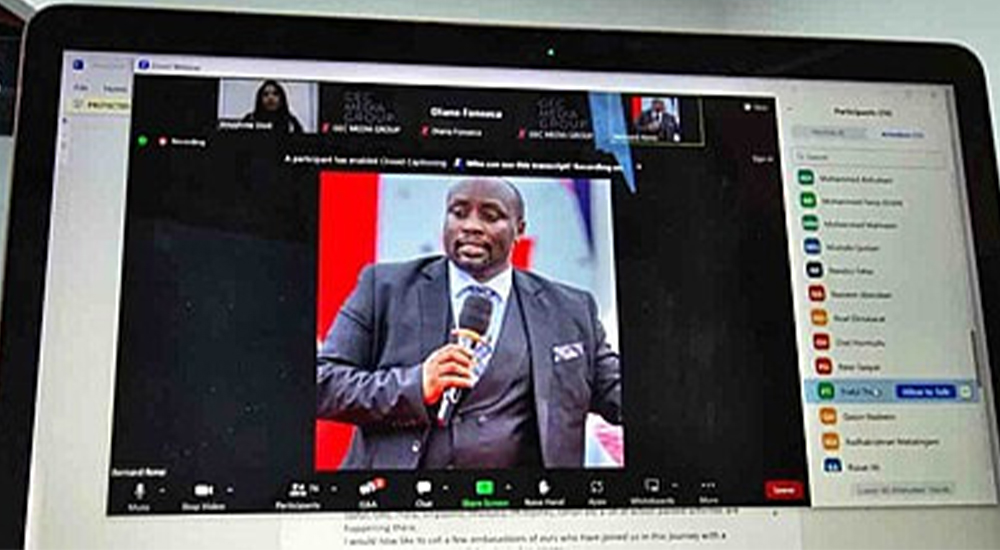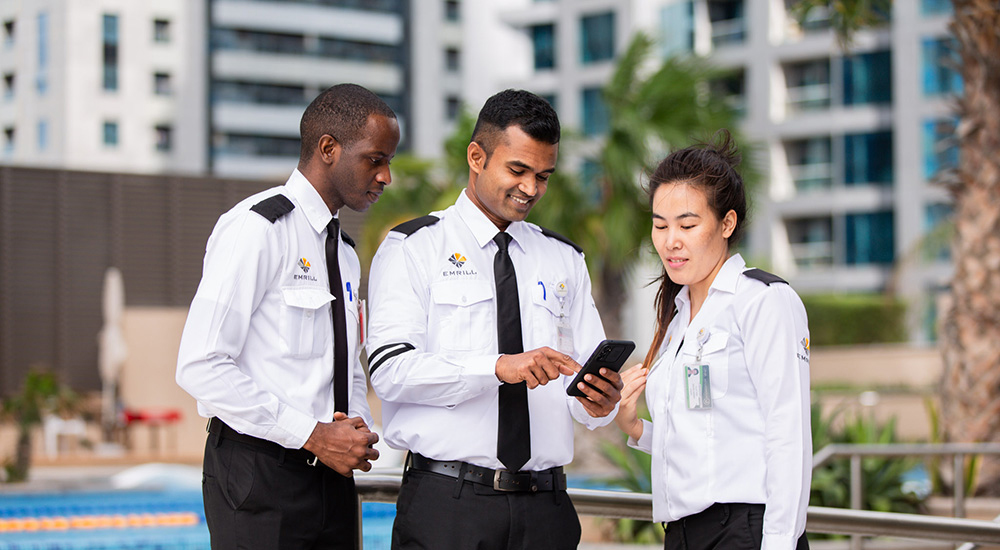In normal times, leaders inspire face-to-face. They marshal innovation at close quarters. They advise; they encourage; they mediate. But we do not live in normal times. We live in new-normal times.
Covid-19 was not a predictable shock. The UAE government and businesses were quick to take decisive action and social distancing quickly emerged as the best way forward which meant little or no face-to-face contact. Now almost a year on, with vaccines being rolled out, at pace, across the UAE, there is optimism we may be on the road back to normality.
However, the current crisis has cemented remote working as a necessity, whereas it used to be a perk or luxury. As of June last year, regional recruitment portal Bayt.com found that 74% of MENA-based workers preferred jobs that permitted remote working. A similar survey in the UAE by Robert Half, found that 80% of UAE employees said they would prefer to work from home, post Covid-19, citing savings in time and money, and productivity gains.
And while it now seems that remote working is here to stay, data from Aetna International suggests that it can be a unique selling proposition for employers seeking to attract the best talent, 47% of UAE employees stated that flexible working for all is one area employers would need to improve to be attractive to candidates.
But where does this leave our leaders? If employees are selected, onboarded, supervised, and guided from a distance, what are the implications for effective leadership? How do we balance the desire for real life human interaction with employee requests for flexibility?
Research has told us that remote workers are happier workers, but that still leaves us with the challenges of productivity and connectivity, for therein lie continuity and long term-commercial viability. Of course, the right IT infrastructure will be critical. Workforces must be able to join conference calls, download tools and access resources. Security will be central to delivery of these capabilities, as will the age-old lynchpin of IT management, regular, accurate back-ups.
But technology is merely the apparatus of business continuity. Good leadership has never been more important. The skills to reassure, to encourage, to nurture, to survey with subtlety and to steer with confidence will, as they have always done, keep projects on track, teams motivated, and stakeholders informed. This is true of both physical and virtual interactions and all being well, we will soon return to seeing our colleagues, not just on a screen.
The region has never lacked effective leadership, as can be seen in the broad economic recoveries from previous crises. The current malaise may be the worst we have seen, but Middle East innovation will yet see us through. The region’s previous experiments with remote working have meant a smoother adoption than may have otherwise been seen. Many workers have used similar tools when travelling for business or when keeping in touch with friends and family.
Covid-19 may have put the region on a fast track, but leaders were not altogether unprepared. However, challenges lurk on the road ahead, no matter the scale of enterprise. Technology leaders will have to consider how a collaborative platform fits into the corporate landscape. Can the current IT infrastructure support round-the-clock access and effective back-up, all while maintaining an adequate standard of security? If not, are there any local service providers that can enable scale-up quickly and diligently?
Proper infrastructure capable of shouldering large workloads will ensure that teams stay connected, but leaders must still apply their soft skills when trying to maintain effective operational levels. Remote working will undoubtedly have a profound effect on morale.
First, leaders need to adapt to the circumstances of each individual employee. While this was true in a shared office space, the opportunity to leave behind domestic issues has now evaporated. The remote leader will likely find a much more diverse psychology within the remote group. Some may enjoy the isolation; some may not. In a region replete with different cultures, this will become an even greater challenge.
Second, remote leaders need to be adept at contingency planning, it is a vital tool in normal times, but Covid-19 has further underscored the need for today’s leaders to have a plan A, B and even C. Knowing that their leaders are prepared or have at least thought about a myriad of scenarios gives employees the much needed confidence they need to operate in these challenging times.
It is also vital that teams are well-equipped and informed. Comprehensive briefings are vital because remote check-ins are not as fast as popping into the manager’s office for some quick clarification on a question.
Following on from this, leaders need to keep in touch with team members at regular, scheduled intervals to ensure the wellbeing of everyone. Wherever possible, these should be video chats, for as any good leader knows, facetime is a vital component of clear communication.
The best leaders are those who understand that a community is made up of individuals, each with their own concerns, ambitions, problems, and needs. People-centric approaches must take precedence in our new normal, and effective remote leaders will understand that the workforce will succeed or fail based on the empathy they show and example they set.
Key Takeaways
- Technology leaders will have to consider how a collaborative platform fits into the corporate landscape.
- Leaders must still apply their soft skills when trying to maintain effective operational levels.
- Leaders need to adapt to the circumstances of each individual employee.
- Remote leaders need to be adept at contingency planning.
- People-centric approaches must take precedence in our new normal.
As work from home becomes a necessity, leaders need to apply more of their soft skills to lead the remote team, writes James Petter of Pure Storage.




